Electronic Components Procurement and Sales: A Comprehensive Guide
Introduction
The electronic components market is a dynamic and essential part of the global electronics industry. This article explores the intricacies of electronic components procurement and sales, providing insights into best practices, challenges, and trends.
Understanding Electronic Components Procurement
Procurement of electronic components involves sourcing, purchasing, and managing the supply of components such as IC chips, resistors, capacitors, and connectors. Key factors in procurement include:
Supplier Selection: Identifying reliable suppliers is crucial. Factors to consider include supplier reputation, product quality, lead times, and pricing.
Inventory Management: Effective inventory management ensures that components are available when needed, reducing the risk of production delays.
Cost Management: Balancing cost with quality and reliability is essential. Bulk purchasing and long-term contracts can help reduce costs.
Compliance and Standards: Ensuring that components meet industry standards and regulations is vital to avoid compliance issues and ensure product safety.
The Sales Process in Electronic Components
Selling electronic components requires a deep understanding of market demand and customer needs. Key elements of the sales process include:
Market Research: Understanding market trends and customer needs helps in developing effective sales strategies.
Customer Relationships: Building strong relationships with customers through excellent service and support can lead to repeat business and customer loyalty.
Sales Channels: Components can be sold through various channels, including direct sales, distributors, and online platforms. Each channel has its advantages and challenges.
Product Knowledge: Sales teams must have a thorough understanding of the components they are selling, including technical specifications and applications.
Challenges in Procurement and Sales
The electronic components industry faces several challenges, including:
Supply Chain Disruptions: Events such as natural disasters, geopolitical tensions, and pandemics can disrupt supply chains, leading to shortages and delays.
Technological Advancements: Rapid advancements in technology require constant adaptation and updates to inventory and sales strategies.
Counterfeit Components: The presence of counterfeit components in the market can lead to quality issues and damage a company's reputation.
Pricing Volatility: Fluctuations in the prices of raw materials and components can affect profit margins and pricing strategies.
Trends and Future Outlook
The future of electronic components procurement and sales is shaped by several emerging trends:
Digital Transformation: The adoption of digital tools and platforms for procurement and sales is increasing efficiency and transparency in the supply chain.
Sustainability: There is a growing emphasis on sustainable practices, including sourcing eco-friendly components and reducing waste.
Localization: Companies are increasingly looking to localize their supply chains to reduce dependency on distant suppliers and mitigate risks.
Innovation: Continuous innovation in component design and manufacturing processes is driving the development of more advanced and efficient electronic devices.
Conclusion
Procurement and sales of electronic components are critical to the success of the electronics industry. By understanding the complexities of the supply chain, managing relationships with suppliers and customers, and staying abreast of market trends, companies can navigate the challenges and capitalize on opportunities in this dynamic market. The integration of digital tools, a focus on sustainability, and ongoing innovation will continue to shape the future of this essential industry.
For more information, visit ICChipMall.












